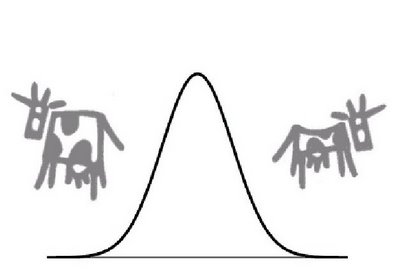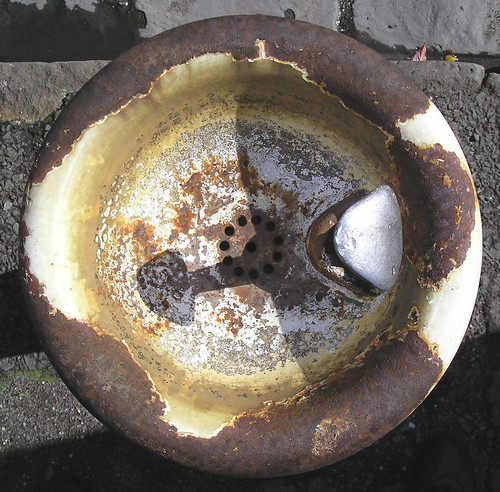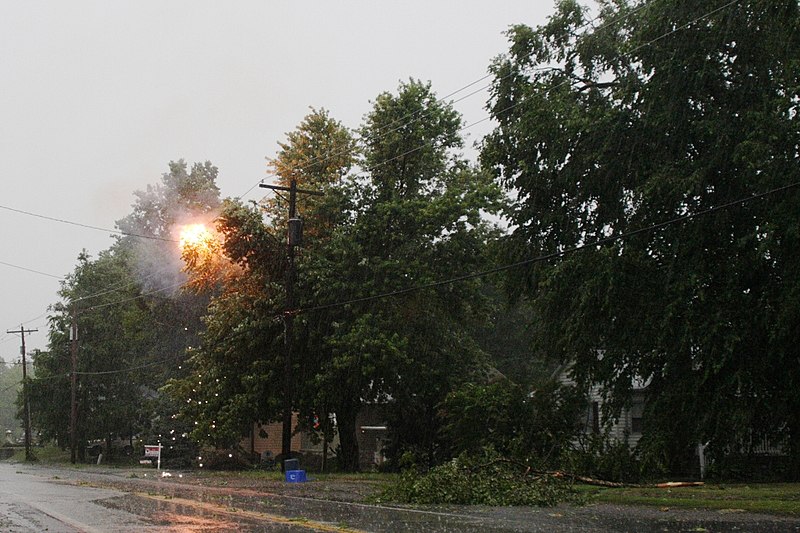 Bloomberg | Luxury hotel owners risk defaulting on their debt as the recession cuts occupancies and the credit crunch constrains refinancing.
Bloomberg | Luxury hotel owners risk defaulting on their debt as the recession cuts occupancies and the credit crunch constrains refinancing.Loans secured by more than 1,500 hotels with a total outstanding balance of $24.5 billion may be in danger of default, according to Realpoint LLC, a credit rating company that tracks commercial mortgage-backed securities. Some of the biggest loans, put on the company’s watch list because of late payments, decreasing occupancies or cash flow, were made to luxury properties where rooms can cost more than $850 a night.
“All segments are showing signs of distress but the luxury segment carries much higher loan balances and is more clearly affected,” Frank Innaurato, managing director of CMBS analytical services at Horsham, Pennsylvania-based Realpoint, said in a telephone interview.
Lodging owners are struggling after adding rooms and properties at the peak of the CMBS market from 2004 to 2007, when $83.4 billion in hotel-backed securities was issued. Occupancy among chains with the costliest rooms fell to 60 percent in the first half from 70 percent a year earlier, according to Smith Travel Research. The decline was the industry’s largest for that period.
“Luxury hotels have been aggressively financed during the peak CMBS issuance years,” David Loeb, an analyst at Robert W. Baird & Co., said in a phone interview. “That’s why luxury hotel loans crowd these watch lists.”













